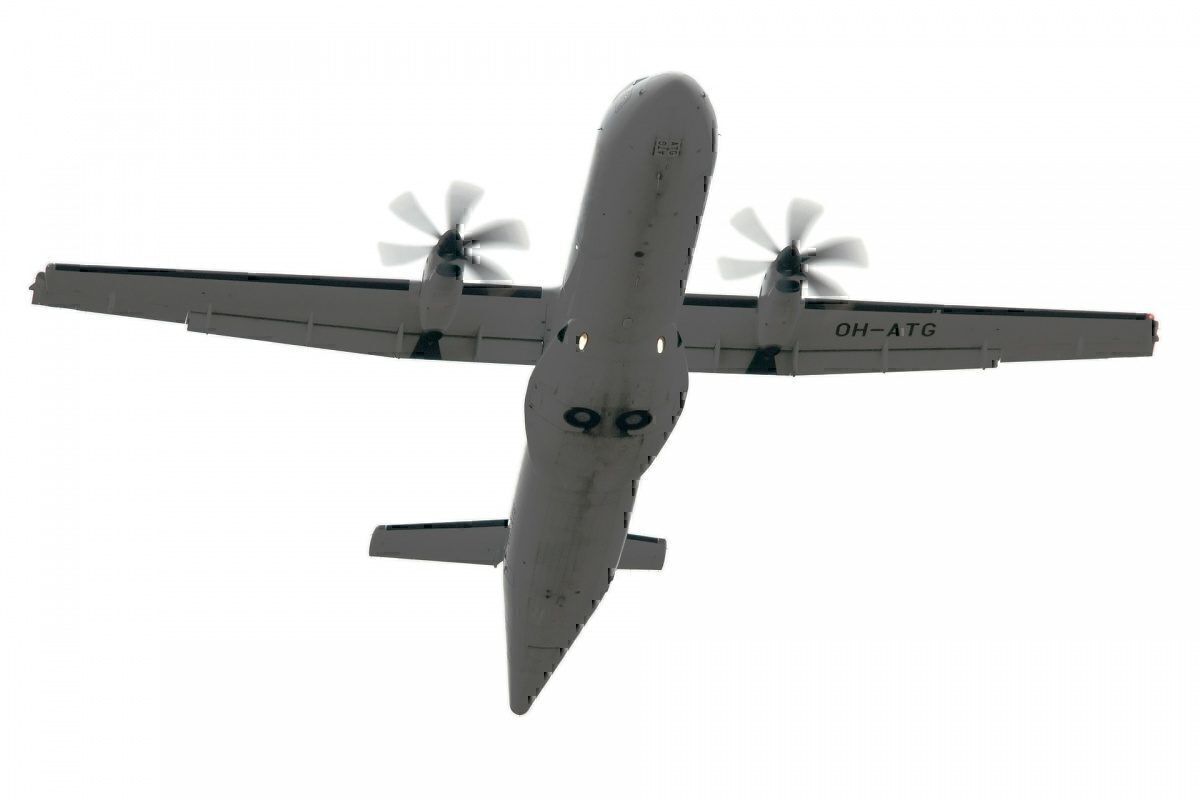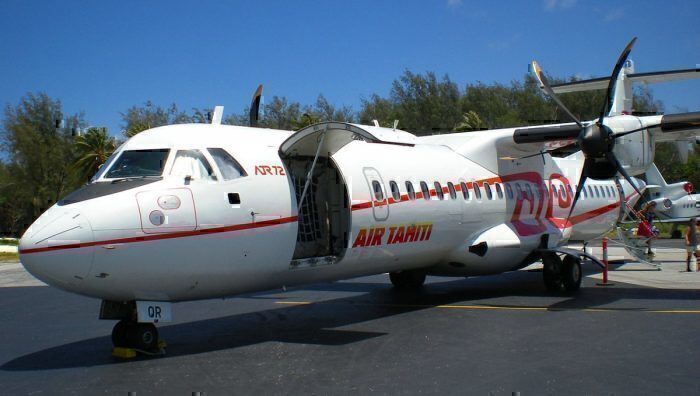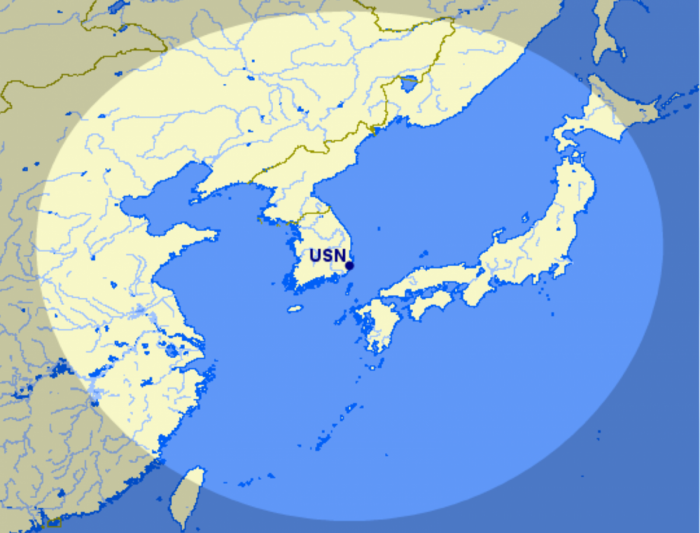Our feature startup airline this week is Hi Air of South Korea. The start-up has taken a major step towards commercial service as it takes delivery of its first two ATR 72-500 turboprop aircraft.
Aircraft fleet
According to Air Transport World, the airline is intending to start service later this year. Commencing passenger service depends firmly on the airline receiving its air operator’s certificate (AOC). Skyworld Aviation is the company responsible for arranging the sale and says the two ATR 72s were previously operated by Air Tahiti.
According to AirFleets, at least one of the aircraft is about 10 years old. Its cabin configuration is unknown at the moment. However, the ATR 72-500 can offer 68 seats at a 31†pitch according to ATR.
ATR regional expansion plans
Air Transport World also reports that ATR has been looking to expand its presence in the Korean market. Currently, this market has a low turboprop presence. ATR believes there is potential for turboprops to link second- and third-tier cities directly instead of linking to larger hubs.
FlightGlobal says that there are 68 ATR aircraft operators in 25 countries in the Asia Pacific region. This allows for a comprehensive customer support network, which would also include training centers for air and ground crew, flight simulators, as well as MRO facilities catering to ATR aircraft.
“We chose the ATR aircraft because it has lower fuel burn, can take off and land from short runways and is well supported in the region in terms of maintenance and training,â€Â -Hyung Khan Yun, Chief Executive, Hi Air
Possible airline routes
According to Air Transport World, the airline will have its base in Ulsan, South Korea, which is a city in the southeast region of the country. The initial focus is on domestic routes but this will expand to short-haul international flights. The airline will also apparently “steadily add more ATR aircraft to its fleet in line with its route expansion.â€
ATR head of sales Fabrice Vautier says that there are also opportunities for turboprops to serve small islands, citing plans to build airports on Ulleungdo and Baengnyeong islands. These islands are most likely have runway lengths best suited to turboprop operations.
The aircraft manufacturer also says that turboprops could even serve short-haul international flights to places such as Northeast China. It goes on to say that Chinese cities such as Qingdao, Weihai and Yantai are within “a short flight†from South Korea.
Conclusion
It looks like ATR is trying hard to make an example of Hi Airlines and build its case to other smaller regional airlines and new startups for why ATR should be the aircraft of choice.
Do you think this airline will have enough demand "take-off"? And will it result in more business for ATR in the markets of Korea and East Asia in general?



